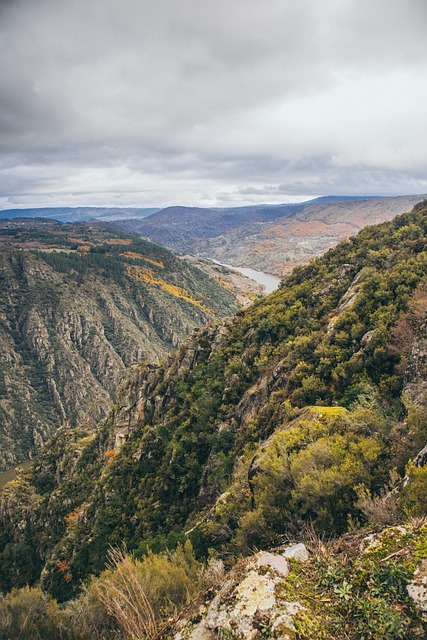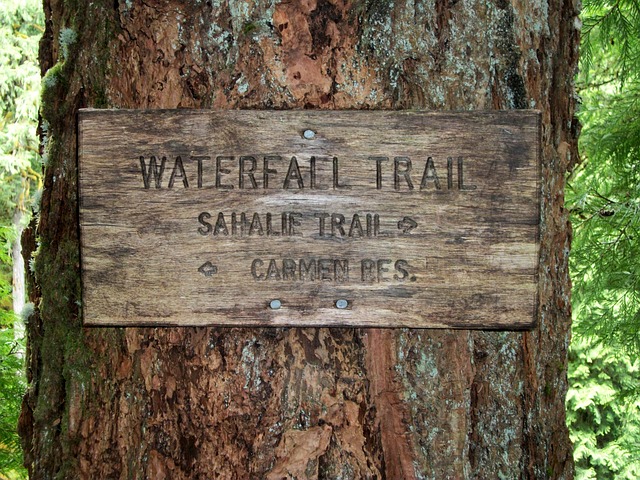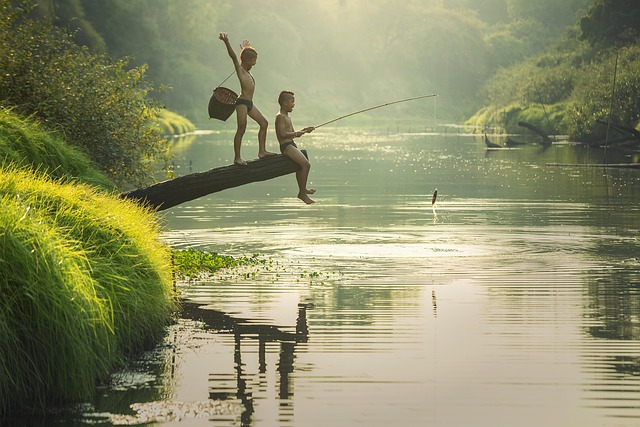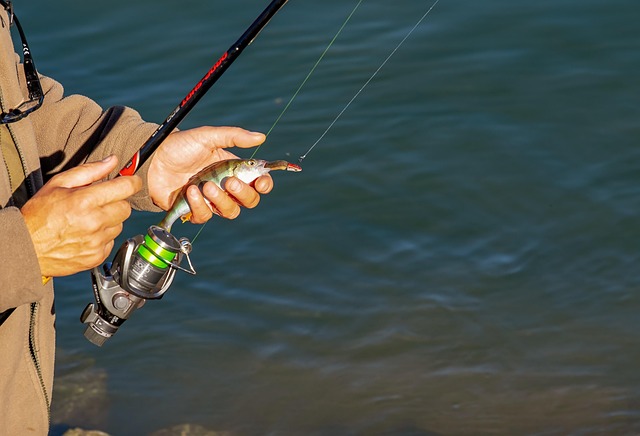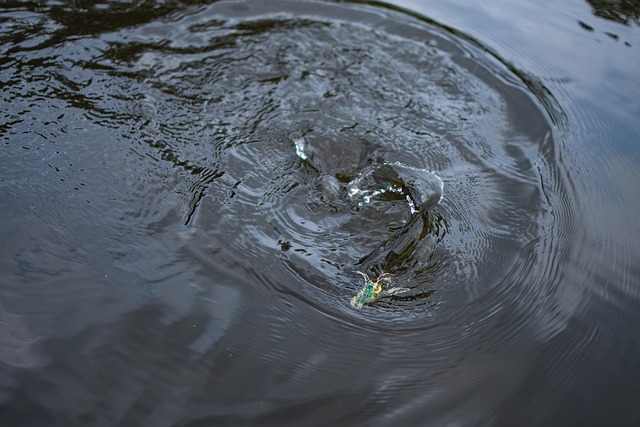Adhering to strict McKenzie River fishing regulations is crucial for protecting its vibrant ecosystem and diverse fish species. These guidelines control catch limits, regulate methods, and designate protected areas, ensuring sustainability for iconic populations like trout and salmon. Anglers must be aware of size and catch limits, seasons, and off-limits zones, promoting ethical practices and preserving the river's biodiversity for future generations.
“Uncover the vibrant world of fish species that call the Mackenzie River home. This comprehensive guide explores the diverse ecosystem, from analyzing its unique fish diversity to understanding seasonal patterns in popular catches. Dive into the intricacies of McKenzie River fishing regulations for a responsible and rewarding experience. Discover top-rated species, effective techniques, and the conservation efforts shaping the river’s future, making it a must-read for anglers and nature enthusiasts alike.”
- Analyzing Fish Diversity in McKenzie River
- Seasonal Changes in Popular Fish Species
- Understanding Fishing Regulations for Responsible Practice
- Top Catches: A Guide to McKenzie River Fish
- Techniques for Successful McKenzie River Fishing
- Conservation Efforts and Future of River's Fish Population
Analyzing Fish Diversity in McKenzie River
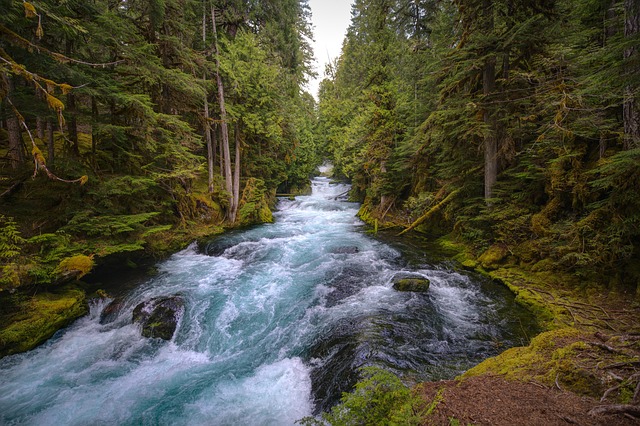
The McKenzie River, a vibrant and bustling waterway, boasts an incredible diversity of fish species, making it a popular destination for anglers. This rich ecological balance is a result of the river’s intricate tapestry of habitats, ranging from shallow riffles to deep pools, each providing unique conditions for different fish varieties. From small creeks to expansive reaches, the river supports a robust ecosystem.
Understanding the McKenzie River fishing regulations is key to navigating this diverse landscape. Local guidelines are in place to protect and preserve the river’s biodiversity, ensuring that anglers can enjoy this natural wonder while also maintaining its health. These regulations control catch limits, fishing methods, and protected areas, allowing for sustainable practices and preserving the river’s iconic fish species for future generations.
Seasonal Changes in Popular Fish Species

The McKenzie River, known for its pristine waters and diverse ecosystem, experiences seasonal changes that significantly impact the behavior and distribution of its fish species. In spring, the river comes alive with a burst of activity as many species become more active due to warmer temperatures and the emergence of abundant food sources. This is particularly notable for popular game fish like trout and salmon, which migrate upstream to spawn, providing anglers with excellent opportunities. However, these seasonal runs are subject to local fishing regulations, such as those set by the Oregon Department of Fish and Wildlife, which aim to protect breeding populations.
As summer sets in, water temperatures rise, influencing the movement and feeding patterns of fish. Some species, like cutthroat trout, thrive in warmer waters, while others, including salmon, may slow down their activity. Fall brings a transition as water levels fluctuate due to changing precipitation patterns, affecting fish habitat. This seasonal variability adds excitement for anglers as they adapt their techniques and target specific species at different times of the year. Understanding these seasonal changes is key to successfully navigating the McKenzie River’s fishing opportunities under the existing fishing regulations.
Understanding Fishing Regulations for Responsible Practice
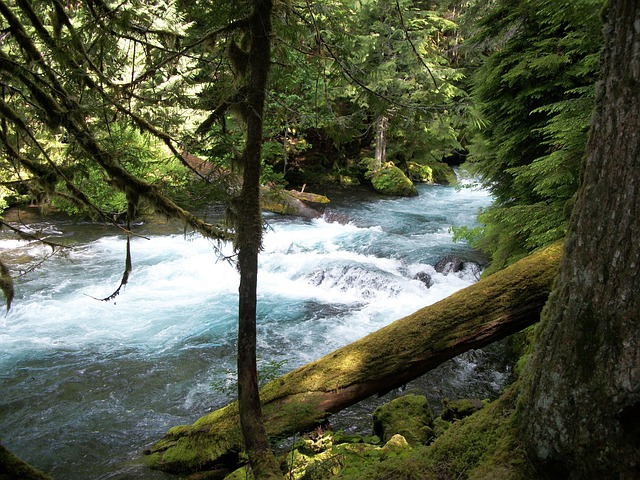
Fishing the McKenzie River offers a fantastic opportunity to connect with nature, but it comes with the responsibility to understand and abide by local fishing regulations. These rules are in place to protect the river’s ecosystem and ensure sustainable fishing practices for future generations. Before casting your line, familiarize yourself with the McKenzie River fishing regulations, which include size limits, catch limits, and designated fishing seasons. For instance, some species have specific size requirements; catching a fish that is smaller than the permitted size could result in penalties. Additionally, certain areas of the river might be off-limits during certain times to protect spawning grounds or maintain water quality.
Responsible anglers should also be aware of catch-and-release practices for certain species, which encourage the preservation of the population by allowing fish to spawn and return to the river unharmed. Respecting these regulations not only upholds ethical fishing standards but also contributes to the overall health and balance of the McKenzie River’s biodiversity. Always check with local authorities or conservation groups for the most up-to-date information on McKenzie River fishing regulations before heading out to enjoy this scenic aquatic adventure.
Top Catches: A Guide to McKenzie River Fish

The McKenzie River, a vital waterbody in Oregon’s scenic landscape, boasts a diverse range of fish species, attracting anglers from near and far. When it comes to top catches, this river truly delivers. Here, you can expect to find healthy populations of rainbow trout, considered a staple among local and visiting fishermen. The river’s cool waters provide an ideal habitat for these silvery fish, making them readily available for enthusiastic anglers.
McKenzie River fishing regulations are in place to ensure the sustainability of its aquatic life. Anglers must be familiar with these rules, which govern the types of bait, catch limits, and seasonality. Adhering to these guidelines allows for a balanced ecosystem and guarantees future generations can also enjoy the river’s bountiful fish species.
Techniques for Successful McKenzie River Fishing
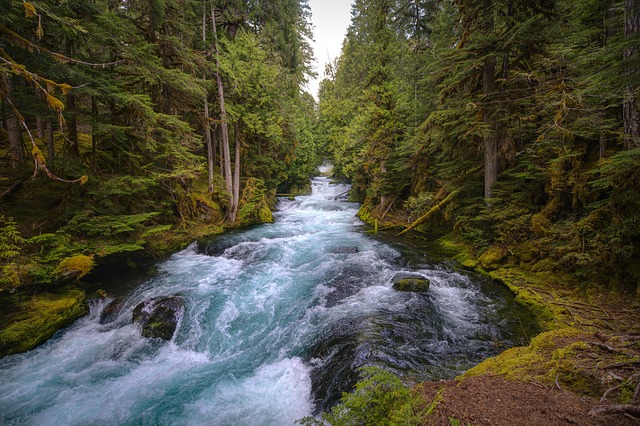
The success of your McKenzie River fishing trip depends on understanding and adhering to local regulations, as well as employing effective techniques. First, familiarize yourself with the McKenzie River fishing regulations to ensure compliance. These rules are designed to protect the river’s ecosystem and ensure a sustainable fishing experience for all. Knowing catch limits, license requirements, and seasonal restrictions is paramount.
Next, adapt your fishing methods to suit the river’s unique conditions. The McKenzie River is known for its clear waters and diverse fish species, demanding precise techniques. Use lightweight gear with fine-tuned casting abilities to navigate the river’s currents and reach desired targets. Live bait or carefully selected artificial lures can prove effective, depending on the time of year and the specific species you’re targeting.
Conservation Efforts and Future of River's Fish Population
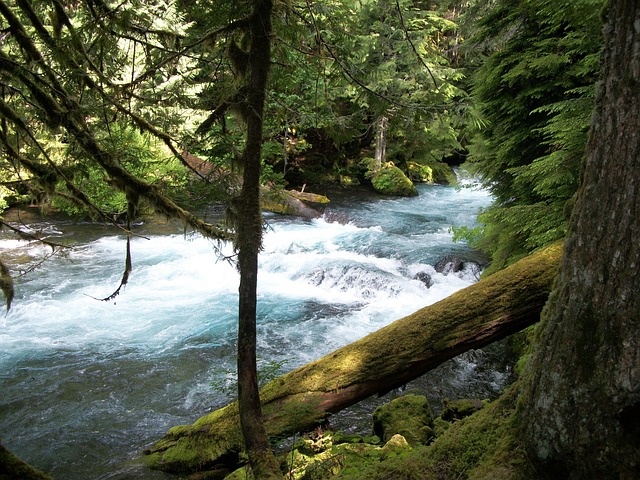
The future health of fish populations in the McKenzie River heavily relies on ongoing conservation efforts. The river’s ecological balance is delicately maintained by strict fishing regulations, implemented to protect vulnerable species and ensure their longevity. These rules include size limits, catch limits, and designated off-limits areas, all designed to prevent overfishing and promote sustainable fisheries.
Community engagement and education play a crucial role in these initiatives. Local groups actively monitor water quality, study fish migration patterns, and advocate for responsible fishing practices. As climate change continues to pose challenges, these conservation efforts become even more critical. By maintaining the river’s biodiversity and implementing adaptive management strategies, there is hope to preserve the rich tapestry of fish species that call the McKenzie River home for generations to come.








